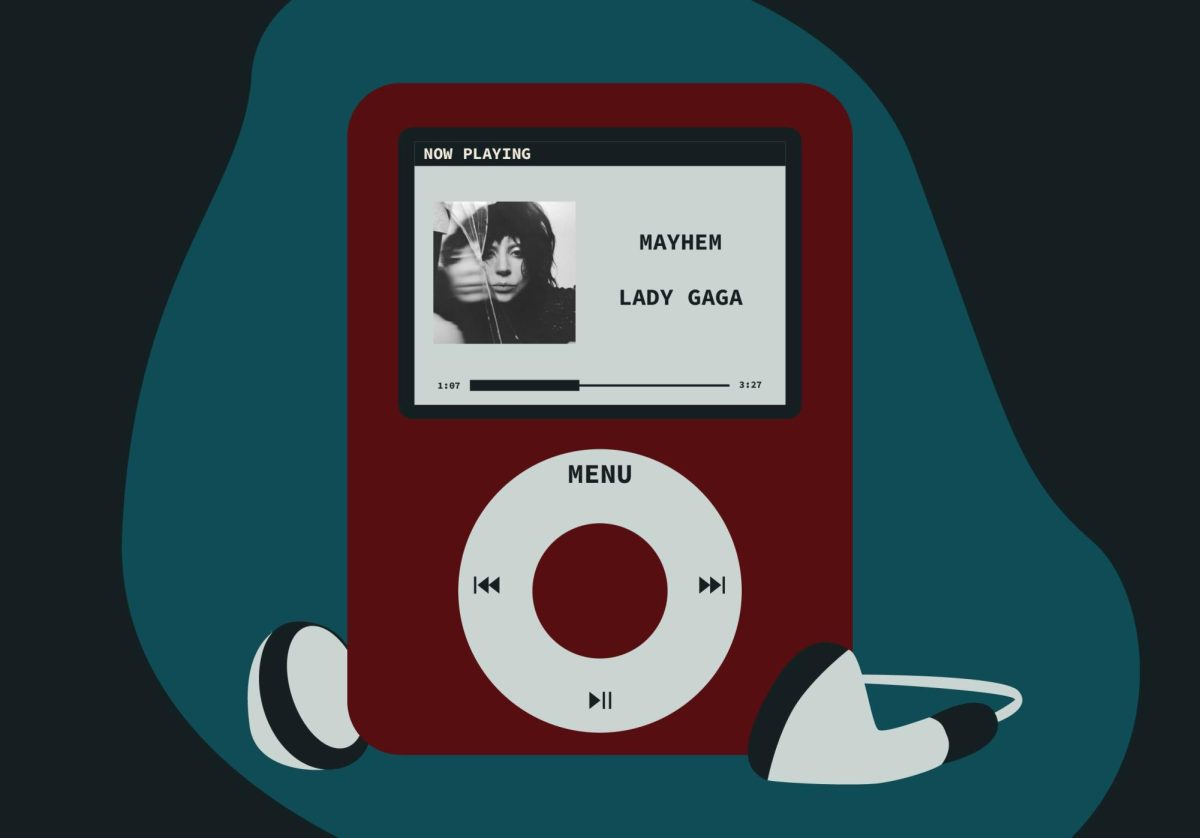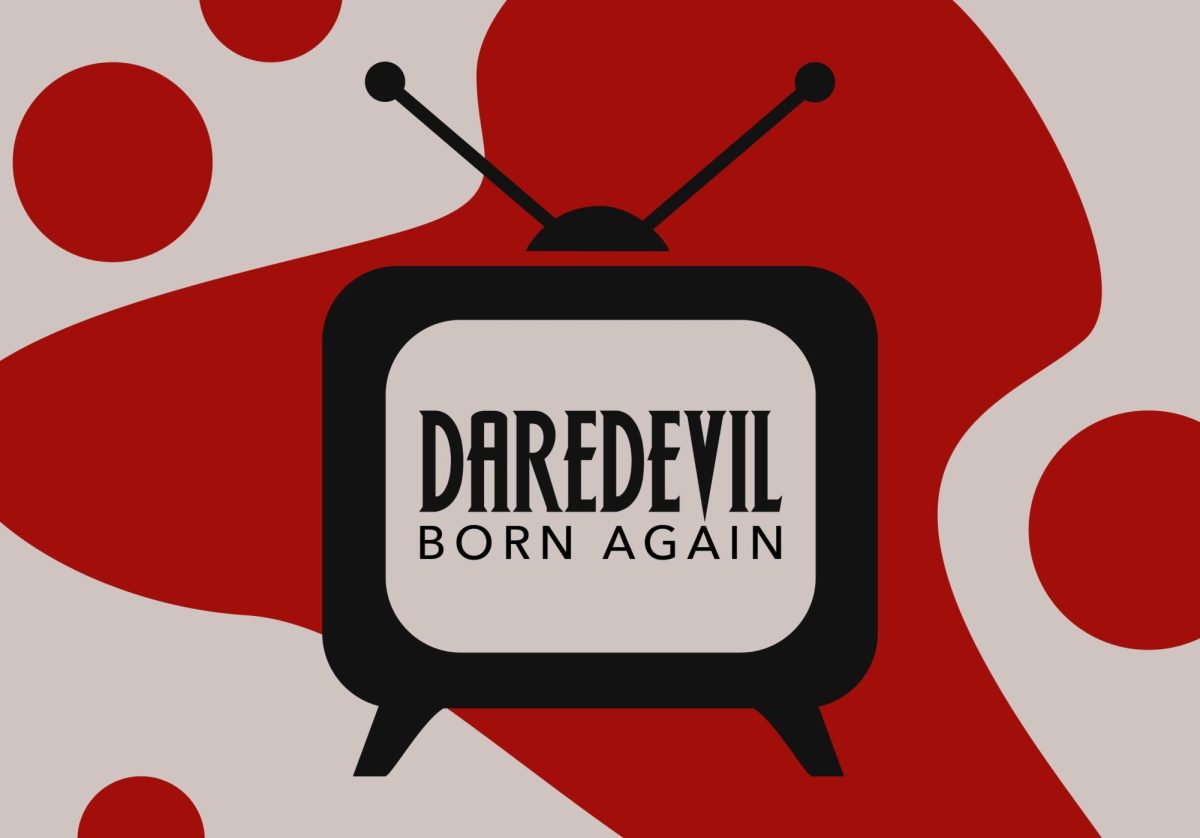In his 1889 book “Twilight of the Idols,” German philosopher Friedrich Nietzsche proclaimed, “The actor, the mime, the dancer, the musician, and the lyric poet are basically related in their instincts and are, at bottom, one,” but the wheels of history caused them to “specialize and separate from each other.”
Bob Dylan’s American Journey, 1956-1966
WHEN: Now through April 29
WHERE: Weisman Art Museum, East Bank
TICKETS: Free, www.weisman.umn.edu
In light of that observation, the ever-enigmatic Bob Dylan seems not so much an American mystery as an historic necessity.
“Bob Dylan’s American Journey, 1956-1966,” showing through April at the Weisman Art Museum, is an exhibit on loan from Seattle’s “Experience Music Project.” It focuses on Dylan’s early years, a time when young Robert Zimmerman moved from Hibbing to Dinkytown and then to Greenwich Village in New York, transitioning from rock music to folk and back to rock, transforming himself from a shy Jewish boy to a myth-spewing minstrel, and creating his own considerable myth in the process.
Dylan’s place in the history of American art is assured. He’s a figure who united the whole of American roots music up to his time – from delta to Texas blues, from country to folk to rock – with the imagery and verbal inventiveness of the poetic canon to give voice to the philosophical and spiritual concerns of his time.
Though he’s never been the most popular performer, the 65-year-old’s longevity is astounding. He’s been able to affect his fans in a way few artists can and has inspired legions of devoted followers. But Dylan, like Lord Byron and Oscar Wilde before him, is a poet who has always been as famous for his life story as for his works.
Interest in that story is high enough that the Weisman sold out the exhibit’s opening gala last Friday. Hundreds of visitors packed the narrow hallways to see artifacts from Dylan’s teens and early 20s.
One of the first items on display is a blown up black-and-white portrait of Dylan, taken by his mother, as a high school student in his Hibbing living room. He wears a black blazer, a white- and gray-checkered shirt and a white tie, face turned slightly away from the camera with a disinterested hipster glare. With his Sears Silvertone electric guitar hanging from his shoulder, he looks every bit like the youth who said in his high school yearbook that his life’s ambition was to “join Little Richard.” One wonders what the folks who booed Dylan for abandoning his acoustic roots when he switched to electric music in the mid-1960s would’ve thought if they saw this photo.
There are also a series of mostly unheard recordings of Dylan from his Dinkytown and early New York days, when the rocker was still trying to figure out his barbed wire folkie voice. In one recording from the early 1960s Dinkytown years, he sounds almost like the country crooner who surprised everybody when he replaced the gruff-voiced Dylan on 1969’s “Nashville Skyline.”
The exhibit features one painting by the musician from the mid-1960s. It appears to be a picture of a naked woman, sitting on a throne and wearing Native American dress. The picture – painted with splashes of peach, gold and pastel purple – looks like a cross between the works of Dylan hero Red Grooms, Pablo Picasso and Jackson Pollock. Painted during the time when he released his masterworks “Bringin’ it All Back Home,” “Highway 61 Revisited” and “Blonde on Blonde,” it seems the visual counterpart to “that thin, that wild mercury sound” that Dylan claims he always heard in his head and came closest to capturing on those three albums, all released in just over a years’ time amidst a nonstop touring schedule in an unrivaled burst of rock ‘n’ roll creativity.
The exhibit also has memorabilia from heroes and contemporaries of Dylan’s. There’s Marlene Dietrich’s version of “Blowin’ in the Wind” (“Die Antwort weiss ganz allein der Wind”). There’s a guitar, cowboy hat and boots from Ramblin’ Jack Elliot, the folk singer who was so good at doing Woody Guthrie songs that it convinced Dylan he’d have to write his own material if he wanted to make it in music. Most eerily, there’s a Guthrie display holding the yellow-stained white T-Shirt Dylan’s idol wore when he went to visit him at the New York’s Greystone Park mental hospital.
It’s the Guthrie artifact that makes the full magnitude of Dylan’s story apparent, and also raises a question: Why did a small-town Midwestern boy who hitchhiked out to New York to visit his idol, who absorbed and synthesized music and literature at an astounding speed while there, who combined it all to create a mutated form of the talking blues that even Guthrie couldn’t match, feel the need to invent a fake biography? As with everything else about Dylan, there are always more questions than answers, even after seeing the exhibit.
Friday night’s gala was also accompanied by live musical performances, including Dinkytown folk vets (and former Dylan cohorts) Tony Glover and John Koerner, and a hip-hop duo covering Dylan’s “The Hurricane.” Amidst all the artifacts, it was that modern update of an old song which was by far the most intriguing thing on display, that most captured the spirit of Dylan’s work.
The rhythms of Dylan’s words lend themselves so easily to rapping that, if one didn’t know the source material, it would be easy to believe the song was written to be spat out over turntables.
And that, more than anything, is Dylan’s significance: he was influenced by just about everything that came before him, and has left his stamp on pretty much everything that has come after. He made it OK for rockers to write their own songs, for ugly voices to speak beautifully, for singers to get surreal, for lyricists to take on society, for pop musicians to go inside themselves and wear their heart on their shirtsleeve. Even those who despise him (and Dylan haters are about as numerous as Dylan deifiers) have to come to grips with his catalogue.
Once, when asked if he saw himself as a poet, Dylan joked that he viewed himself more as “a song and dance man.” Maybe we don’t know any more about Dylan after the exhibit than we did before, but we can see more clearly than ever that he eliminated the distinction between poetry, song and dance, all while miming and acting his way through a big, self-created charade. In our era of media convergence, somebody else would’ve done it eventually, but that doesn’t change the fact that it was Dylan who first made the connections, who did the work his age required, who created something new by reuniting the old forms.
An unmatched synthesizer and unrivaled individualist, he democratized high culture by making it something to tap your toe to. It’s that, far more than his cowboy romanticism and Grand Coulee Dam imagery, that makes him the quintessential American artist.







